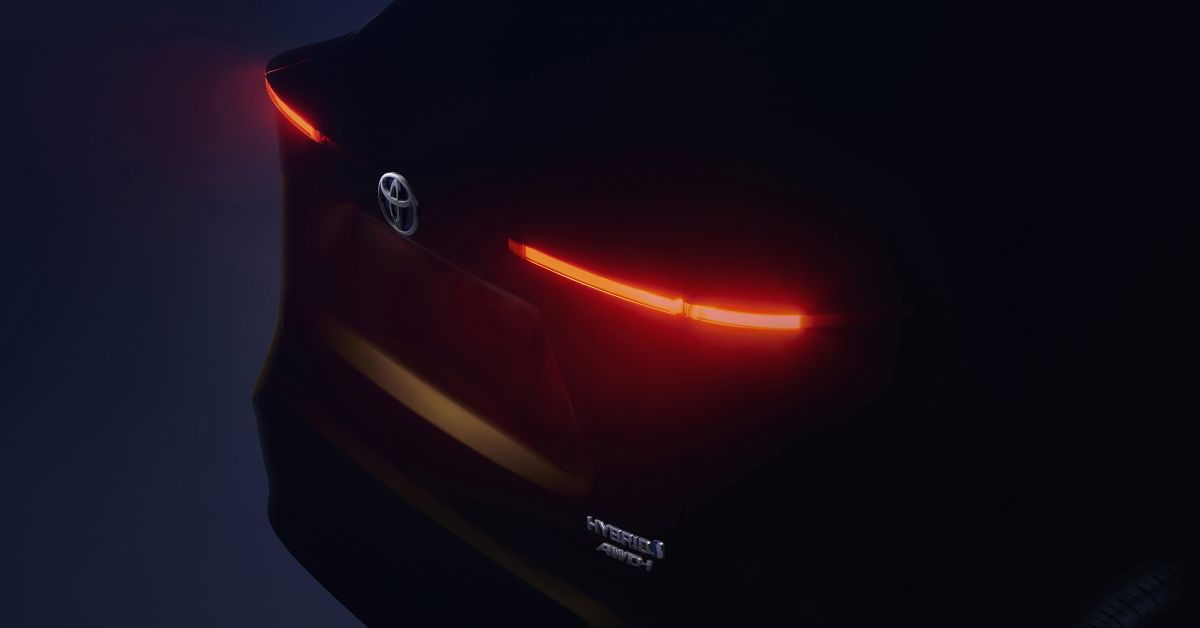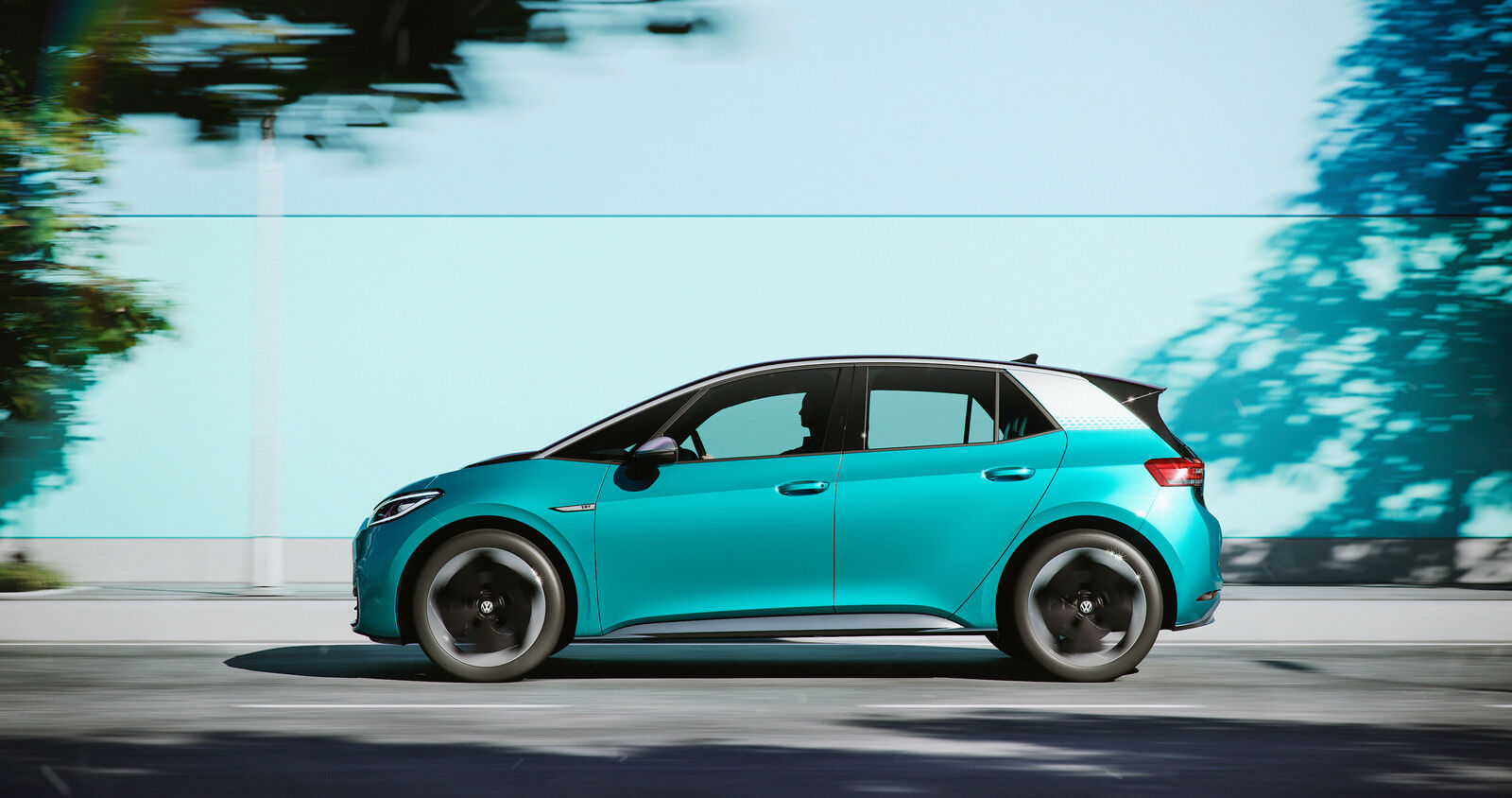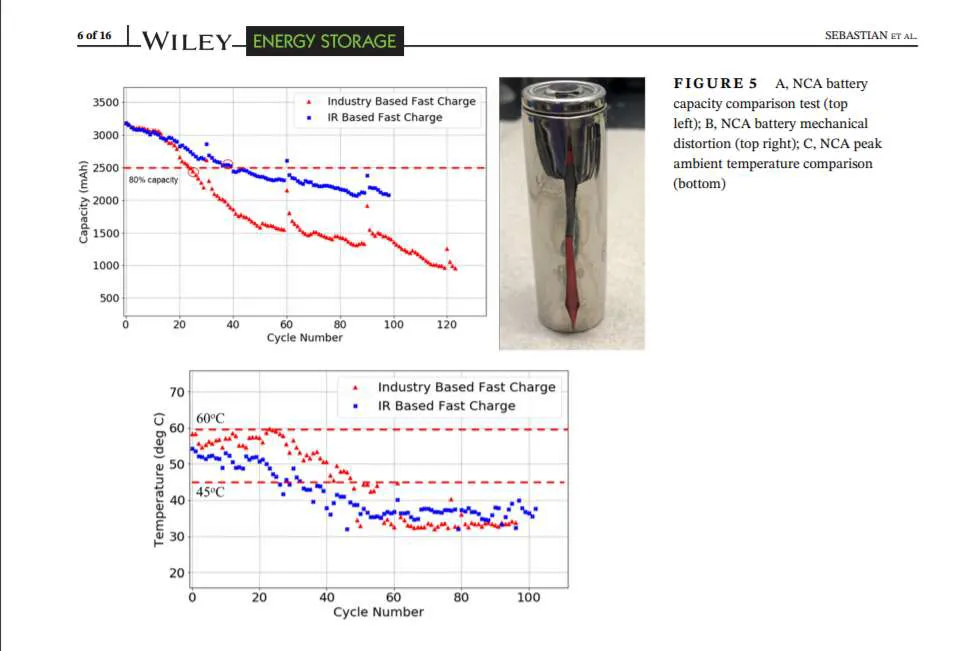Well, in the first place, I asked why I chose 3 cylinders with a 1.5 liter engine.
First of all, the theme of this engine development was to create a common concept of TNGA (Toyota New Global Architecture), so the three-cylinder was selected because of its light weight and compact size. We will touch on this point in the separate “Platform” section.
Another reason is that with three cylinders, friction can be reduced by one cylinder less than four cylinders. By the way, the MA15A has a bore (inner diameter) of φ80.5mm, but if this is made into four cylinders, it will be in the size of φ70mm. If a 1.5 liter engine is made with this size, the overall height will increase, making it difficult to downsize.
In addition, since the diameter of the piston of 3 cylinders is larger than that of 4 cylinders, it seems to be disadvantageous in terms of the combustion speed mentioned above, but this high speed combustion system is adopted in the 4 cylinder 2.0 liter engine It is said that there is no problem with a 1.5-liter 3-cylinder bore.
The M15A engine is characterized by a thick low-torque torque, but in fact it also has a three-cylinder characteristic. What this means is that the three cylinders have an explosion interval of about 240 degrees, so there is no exhaust interference at the exhaust port or exhaust manifold. This is because it is easy to earn low-speed torque in making the engine characteristics, so the 3 cylinders are better at raising the low-speed torque than the 4 cylinders.
On the other hand, what about the high-speed side, but if the engine is turned to high speed, inertia will be effective in the intake air, so there is no big difference between the three cylinders and the four cylinders here. However, as mentioned above, the three cylinders have no exhaust interference, so the exhaust after combustion goes out of the combustion chamber smoothly. Then, since the pressure in the combustion chamber does not increase excessively, there is an advantage that the efficiency of the next intake air is not hindered.
Although this is a three-cylinder that has great advantages in terms of efficiency, some people may be concerned about “vibration” because of the three cylinders. In this regard, the use of balance shafts cancels vibrations transmitted to the floor and steering. In addition, although it is M15A for hybrid, this is mainly the motor moving near the idling where vibration of 3 cylinders is likely to occur, and since the rotation that holds even if the engine starts becomes 1000 rpm or more, the vibration surface in this region The difference from the four cylinders is difficult. That's why the hybrid M15A doesn't have a balance shaft.
///
The engine combined with this new transaxle will be a newly developed inline 3-cylinder 1.5 liter dynamic force engine. The engine model is the same model as the gasoline engine model, the three-cylinder 1.5-liter dynamic force engine, “M15A”. However, the hybrid model has port intake, and the gasoline model has direct injection.
Bore x Stroke is a long stroke type similar to 80.5 x 97.6mm, but the M15A for hybrid uses a collective exhaust port. As a result, exhaust cooling is performed. By the way, this bore × stroke is the same value as M20A mounted on RAV4. The 4-cylinder M20A is made into 3 cylinders, that is, the one created by the modular design of TNGA is M15A.
This engine is 2% more efficient than the conventional engine. It is said that the torque has also improved throughout.
These various improvements improve fuel efficiency. Electric performance has also improved, and the maximum EV driving speed has been increased from 70 km / h to 130 km / h with easy-to-understand indicators. Of course, the cruising range will be short, but it is now possible to run EVs up to the upper limit on a 120 km / h regulated highway.
Yaris' THS II, which combines a motor, a battery cell, an electrification unit such as an inverter, and a new generation M15A engine, will be the benchmark system for the future Toyota hybrid. In particular, improving the performance of lithium-ion battery cells will benefit many Toyota vehicles. I expect more details.
[Apology and Correction] When the article first appeared, some M15A and M20A errors were made. The 1.5 liter engine installed in Yaris is M15A, and the 2.0 liter engine installed in RAV4, etc. is M20A.

 www.renault-trucks.fi
www.renault-trucks.fi





 Sitten kun on vielä liian kylmä/kuuma/tyhjä/täynnä akku ja latausteho on kolmasosa luvatusta niin jo alkaa lompakkoa pakottaa.
Sitten kun on vielä liian kylmä/kuuma/tyhjä/täynnä akku ja latausteho on kolmasosa luvatusta niin jo alkaa lompakkoa pakottaa.


